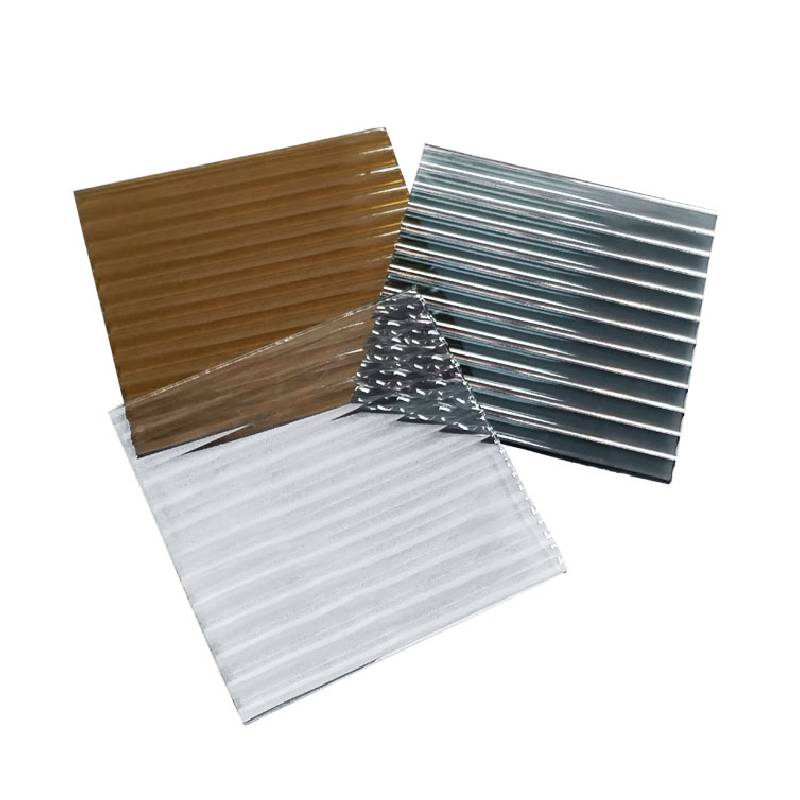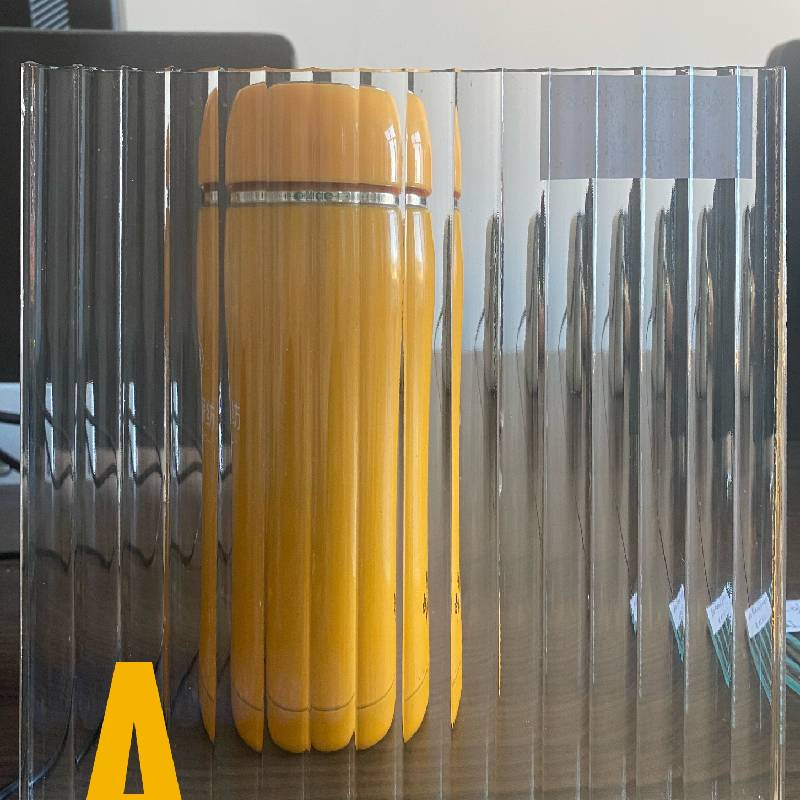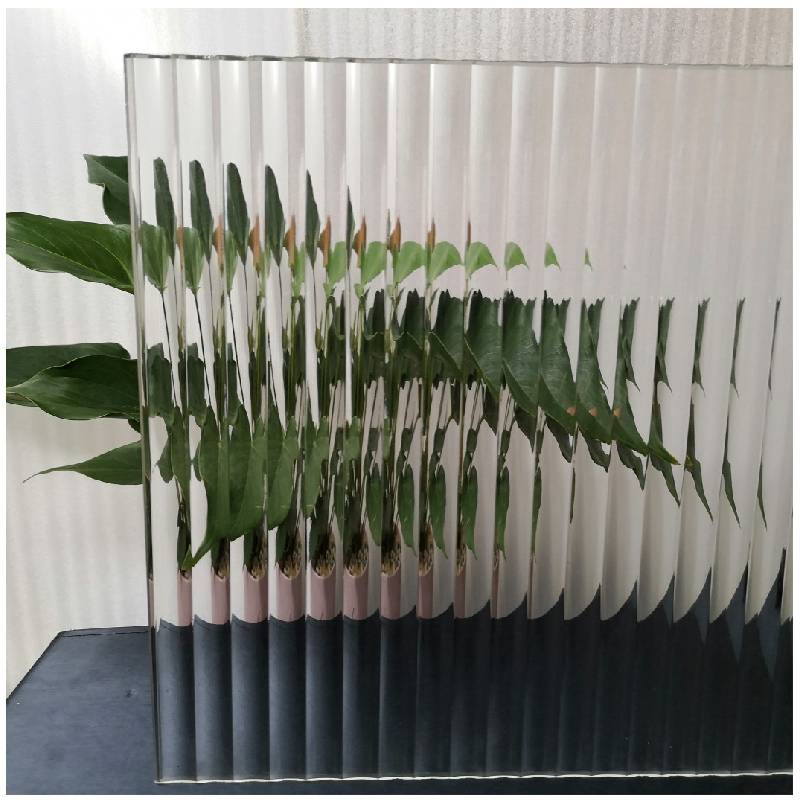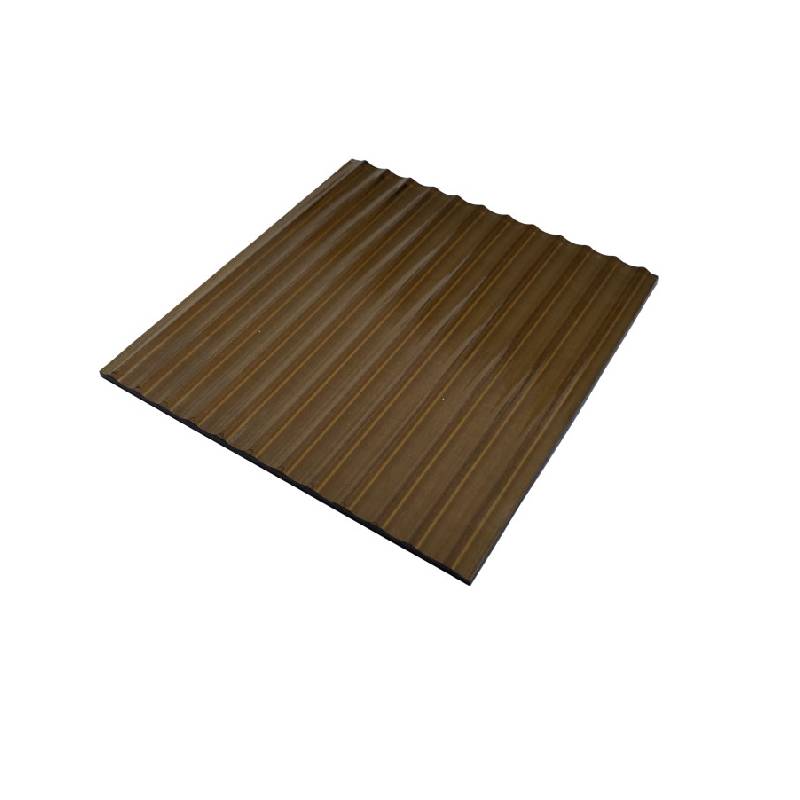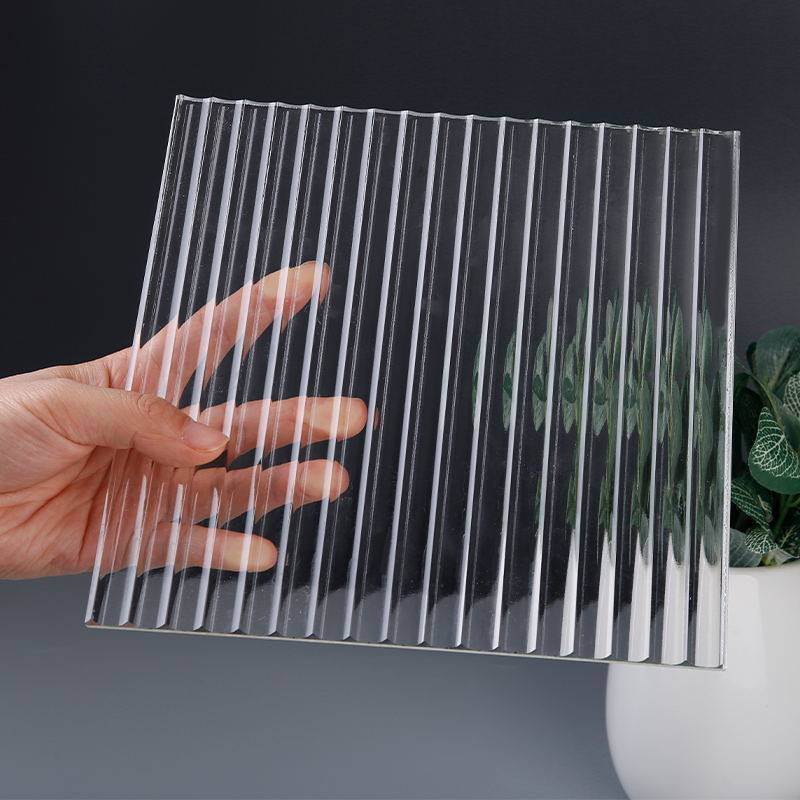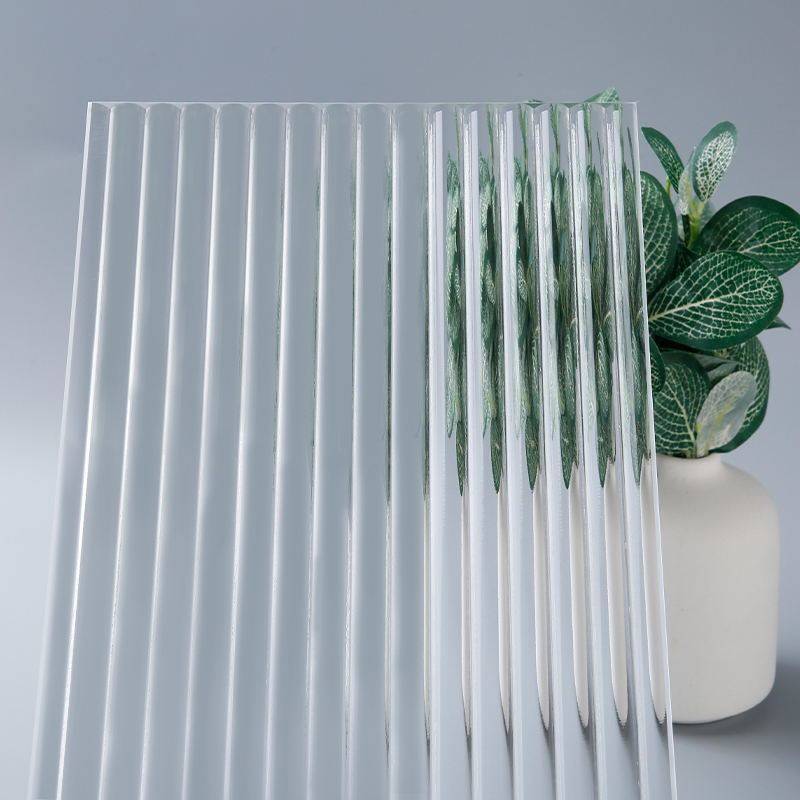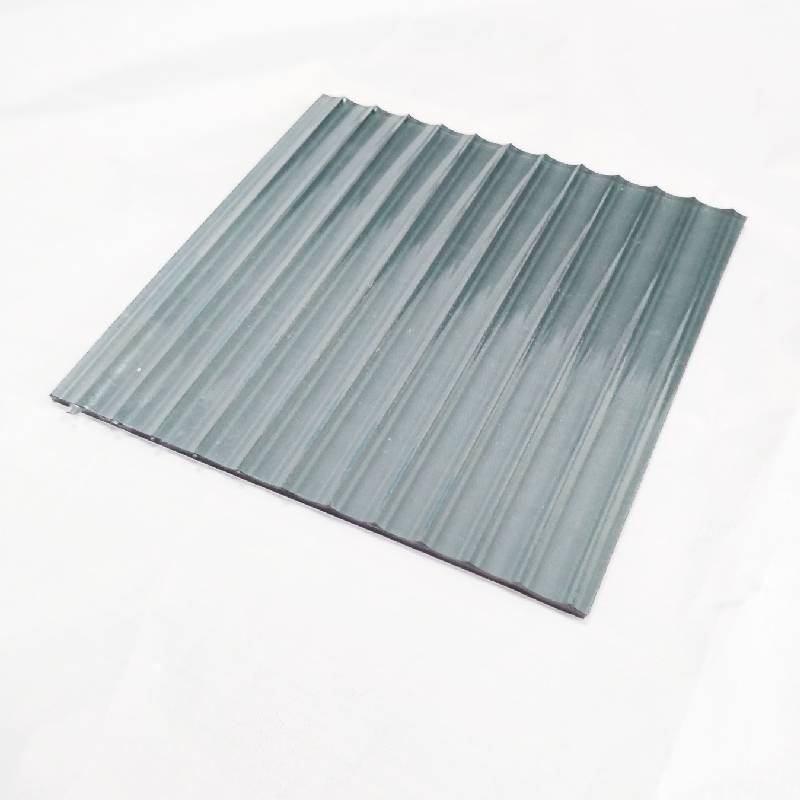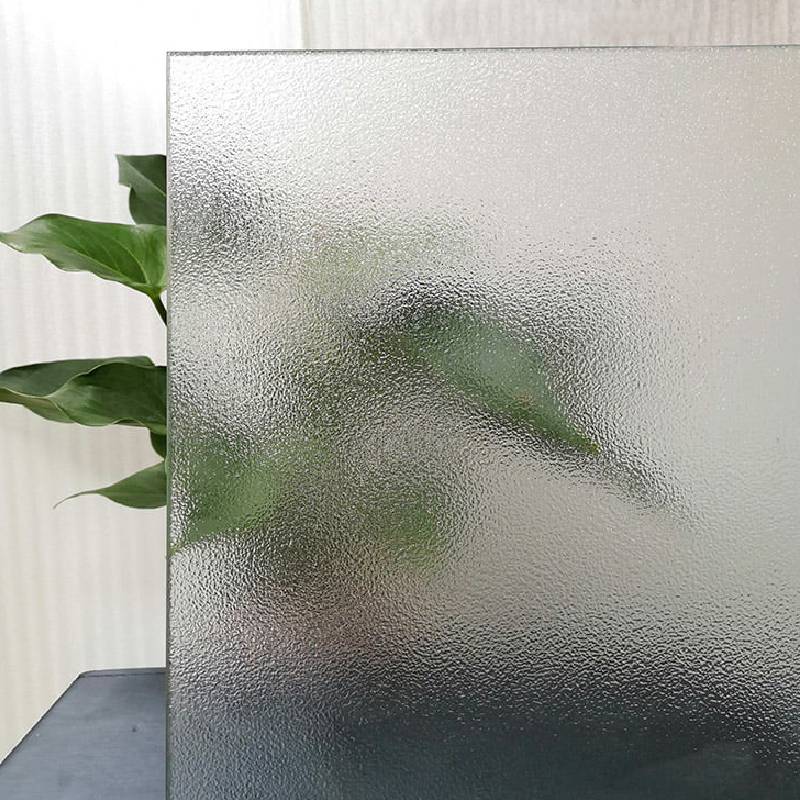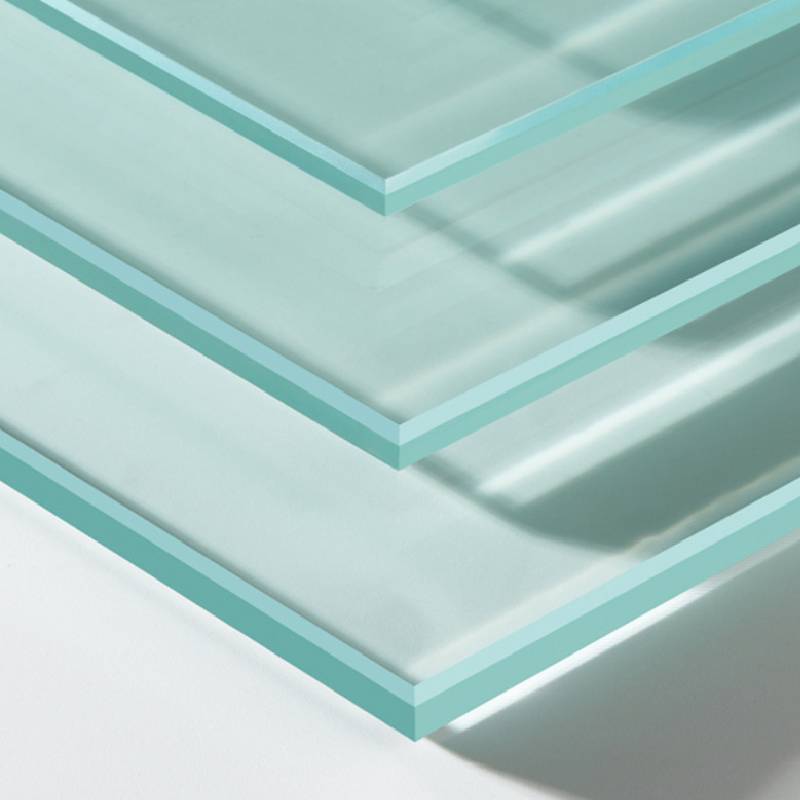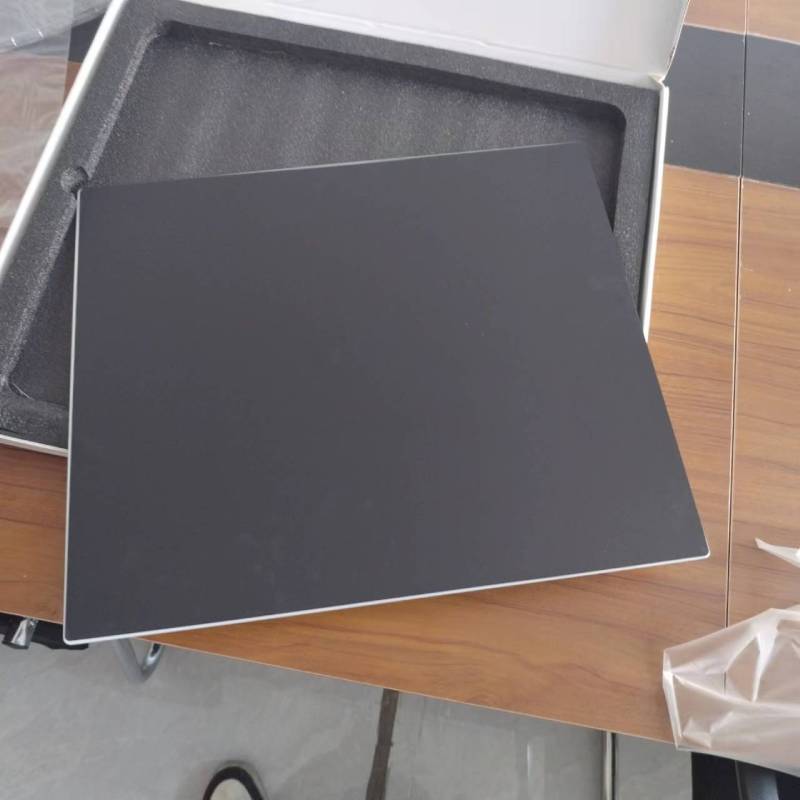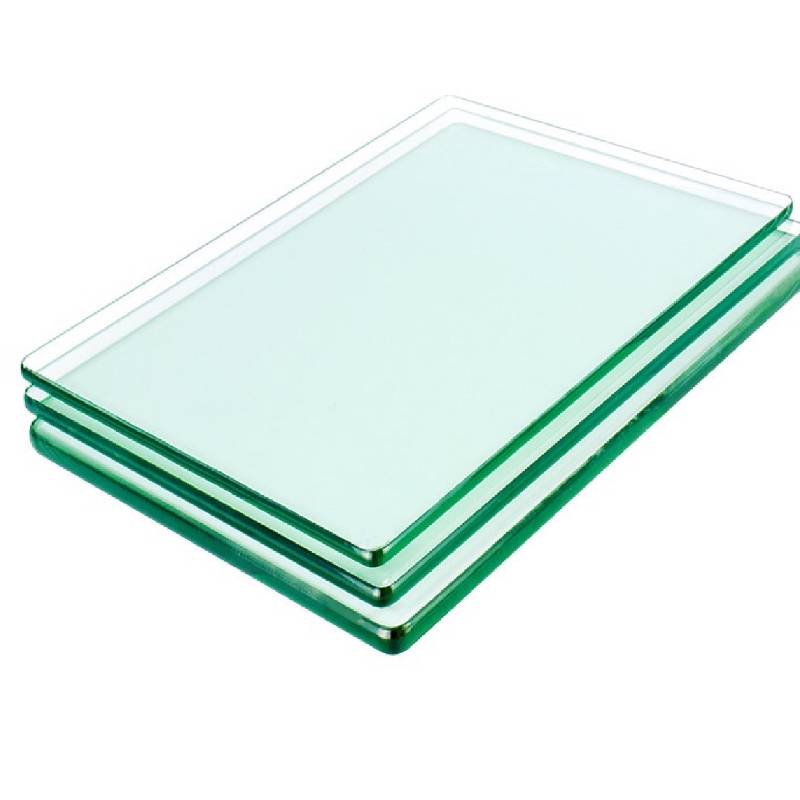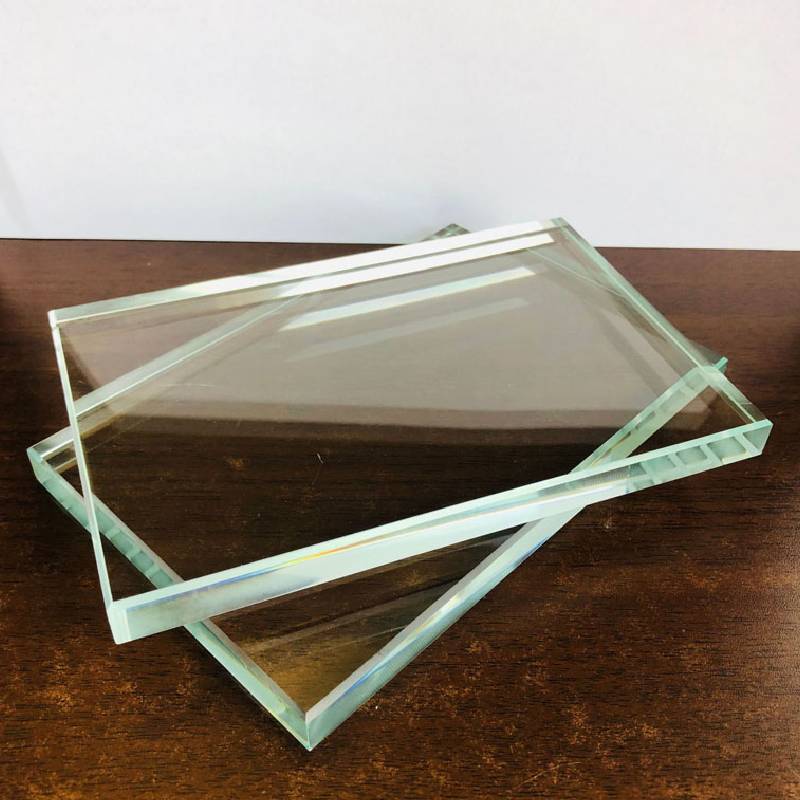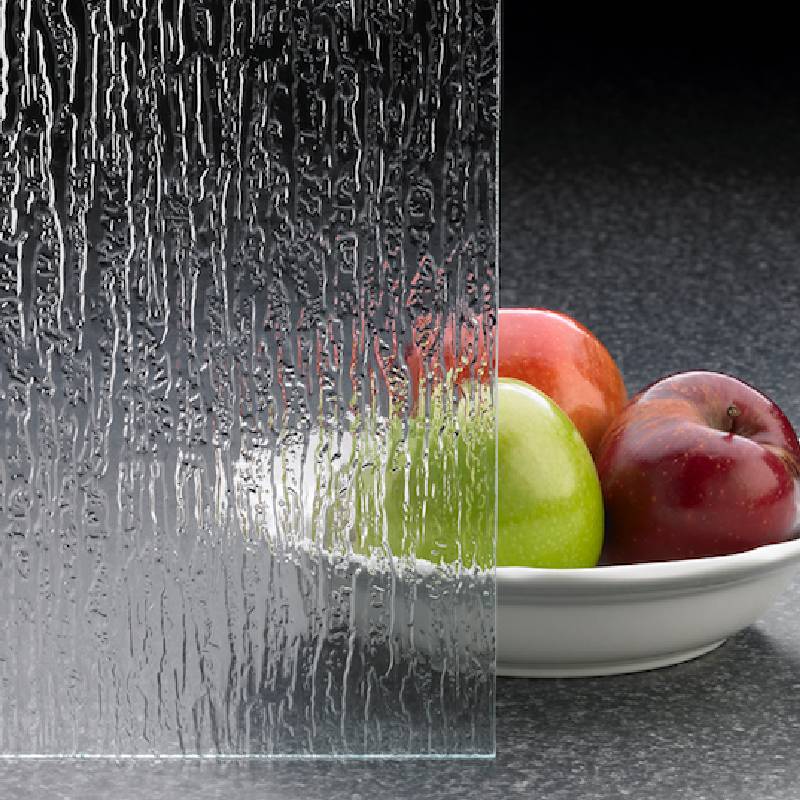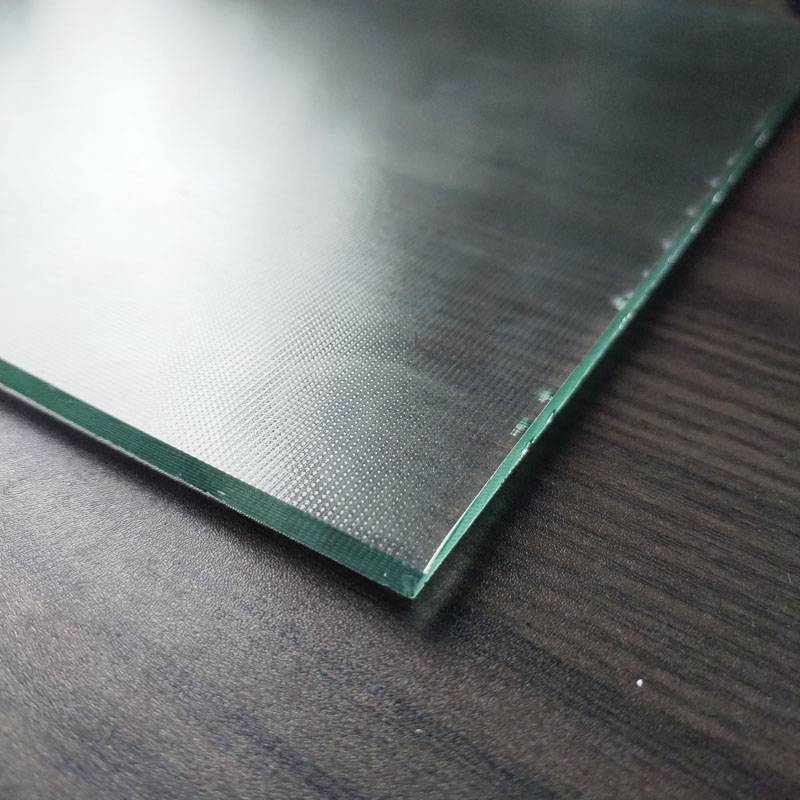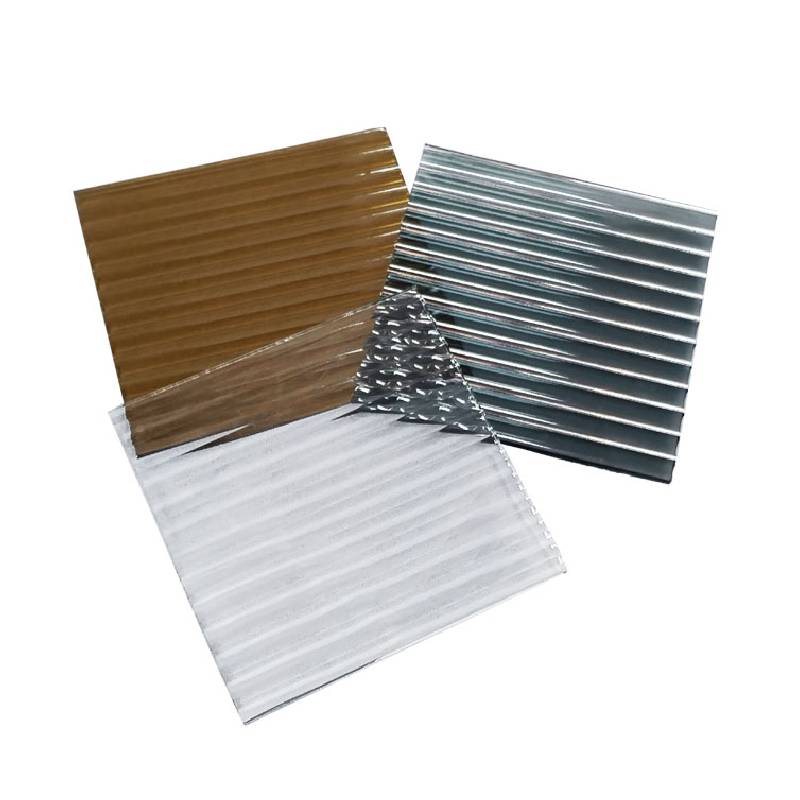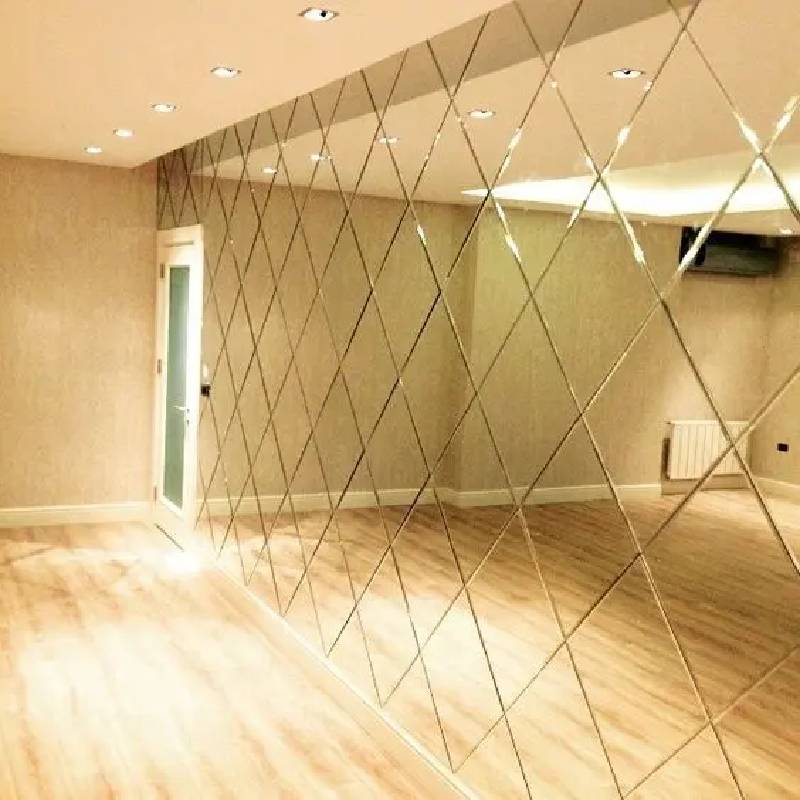- 1. Raw material selection: The process starts with the selection of high-quality raw materials, usually silica sand, soda ash and limestone. These materials were chosen for their purity and consistency, as they greatly influence the final quality of the glass.
2. Ingredients: The selected raw materials are accurately weighed and mixed together in specific proportions. This mixture, called a batch, is loaded into a furnace and melted.
3. Melting: The batch is fed into a furnace that is heated to extremely high temperatures, typically between 1,500 and 1,700 degrees Celsius (2,732 and 3,092 degrees Fahrenheit), depending on the type of glass being produced. Intense heat melts the batch into a viscous liquid called molten glass.
4. Shaping: Once the molten glass reaches the desired consistency, it is formed into the desired shape. This can be done by various methods such as blowing, pressing or moulding. For Moru glass, which often has intricate patterns, techniques such as glass blowing or hand shaping can be used to achieve the desired design.
6. Annealing: Newly formed glass undergoes a process called annealing to eliminate internal stress and strengthen the glass. This involves gradually cooling the glass at a controlled rate to ensure an even temperature distribution throughout the material.
7. Finishing: After annealing is complete, inspect the glass for any defects or blemishes. Any rough edges or sharp points are smoothed away, and the final product is cleaned and polished to enhance its appearance.
- 1. High transparency
Moru glass uses high-quality glass raw materials with high purity, so the transparency is very good and can provide excellent visual effects.
2. A sense of haziness
The vertical line texture of Moru glass has a simple geometric beauty and hazy feeling, which can have a semi-covering effect while maintaining spatial transparency.
3. Transparent but not see-through
Moru glass itself is glass, with the characteristics of glass itself transmitting light. In addition, due to its own grooves with a blurred matte surface, the reflected light, plants or decorations on the other side of the glass can be out of focus. More hazy beauty.
4. Good appearance and wide application
As a high-quality, high-transparency glass material, Moru glass has a variety of functions and functions. It has been widely used in construction, home decoration, automobile and other fields.
Clear Moru glass, ultra clear Moru glass, gray Moru glass, bronze Moru glass, golden Moru glass.
Regular thickness: 4mm, 5mm, 6mm, 8mm, 10mm
Regular size 2000*2440mm, 2100*2440mm, 2100*2800mm, 2100*3300mm
 africain
africain  albanais
albanais  Amharique
Amharique  arabe
arabe  arménien
arménien  azerbaïdjanais
azerbaïdjanais  Basque
Basque  biélorusse
biélorusse  bengali
bengali  bosniaque
bosniaque  bulgare
bulgare  catalan
catalan  Cebuano
Cebuano  Corse
Corse  croate
croate  tchèque
tchèque  danois
danois  Néerlandais
Néerlandais  Anglais
Anglais  espéranto
espéranto  estonien
estonien  finlandais
finlandais  Français
Français  frison
frison  Galicien
Galicien  géorgien
géorgien  Allemand
Allemand  grec
grec  Gujarati
Gujarati  Créole haïtien
Créole haïtien  haoussa
haoussa  hawaïen
hawaïen  hébreu
hébreu  Non
Non  Miao
Miao  hongrois
hongrois  islandais
islandais  igbo
igbo  indonésien
indonésien  irlandais
irlandais  italien
italien  Japonais
Japonais  Javanais
Javanais  Kannada
Kannada  kazakh
kazakh  Khmer
Khmer  Rwandais
Rwandais  coréen
coréen  kurde
kurde  Kirghize
Kirghize  tuberculose
tuberculose  Latin
Latin  letton
letton  lituanien
lituanien  luxembourgeois
luxembourgeois  Macédonien
Macédonien  Malgashi
Malgashi  malais
malais  Malayalam
Malayalam  maltais
maltais  Maori
Maori  Marathi
Marathi  mongol
mongol  Birmanie
Birmanie  Népalais
Népalais  norvégien
norvégien  norvégien
norvégien  Occitan
Occitan  pachtou
pachtou  persan
persan  polonais
polonais  Portugais
Portugais  Pendjabi
Pendjabi  roumain
roumain  russe
russe  Samoan
Samoan  Gaélique écossais
Gaélique écossais  serbe
serbe  Anglais
Anglais  Shona
Shona  Sindhi
Sindhi  Cinghalais
Cinghalais  slovaque
slovaque  slovène
slovène  somali
somali  Espagnol
Espagnol  Soundanais
Soundanais  Swahili
Swahili  suédois
suédois  Tagalog
Tagalog  tadjik
tadjik  Tamil
Tamil  tatar
tatar  Télougou
Télougou  thaïlandais
thaïlandais  turc
turc  Turkmènes
Turkmènes  ukrainien
ukrainien  Ourdou
Ourdou  Ouïghour
Ouïghour  Ouzbek
Ouzbek  vietnamien
vietnamien  gallois
gallois  Aide
Aide  yiddish
yiddish  Yorouba
Yorouba  zoulou
zoulou 

